Smartphones are sold with a variety of design features and are frequently exchanged for socioeconomic and technical factors. Therefore, it’s crucial to grasp some specific hardware parts (such as the display, battery, and CPU), as well as the operating system, and use such devices for a long time before having to exchange them. Fortunately, our Samsung Galaxy S20+ 5G review will help you cover all the requirements for buying your best mobile phone.
Samsung Galaxy S20+ 5G model status in the market is Available. However, it is declared by Samsung company on 2/11/2020 and released in 2020, March 06.
Samsung Galaxy S20+ 5G has 128GB 8GB RAM, and 4500 mAh battery life (the more mAh value gives more strength to the battery). When you purchase Samsung Galaxy S20+ 5G, you will gain 12 MP, f/1.8, 26mm (wide), 1/1.76″, 1.8µm, Dual Pixel PDAF, OIS rear camera and 8 MP selfie camera.
Samsung Galaxy S20+ 5G comes with a 6.7 inches, 108.0 cm2 display size and Corning Gorilla Glass 6 as a screen protector that is prepared to conserve the screen when the phone drops on hard and rough surfaces.
Samsung Galaxy S20+ 5G has these software and hardware platforms:
* Android 10, upgradable to Android 11, One UI 3.0 OS,
* Exynos 990 (7 nm+) – GlobalQualcomm SM8250 Snapdragon 865 5G (7 nm+) – USA Chipset
* Octa-core (2×2.73 GHz Mongoose M5 & 2×2.50 GHz Cortex-A76 & 4×2.0 GHz Cortex-A55) – GlobalOcta-core (1×2.84 GHz Cortex-A77 & 3×2.42 GHz Cortex-A77 & 4×1.80 GHz Cortex-A55) – USA Processor.
In this article, you will find Samsung Galaxy S20+ 5G review which will represent the main Samsung Galaxy S20+ 5G features that you need to make a wise decision about your new mobile phone.
This Samsung Galaxy S20+ 5G Review Is Your Guide To Learn About The Body Specifications
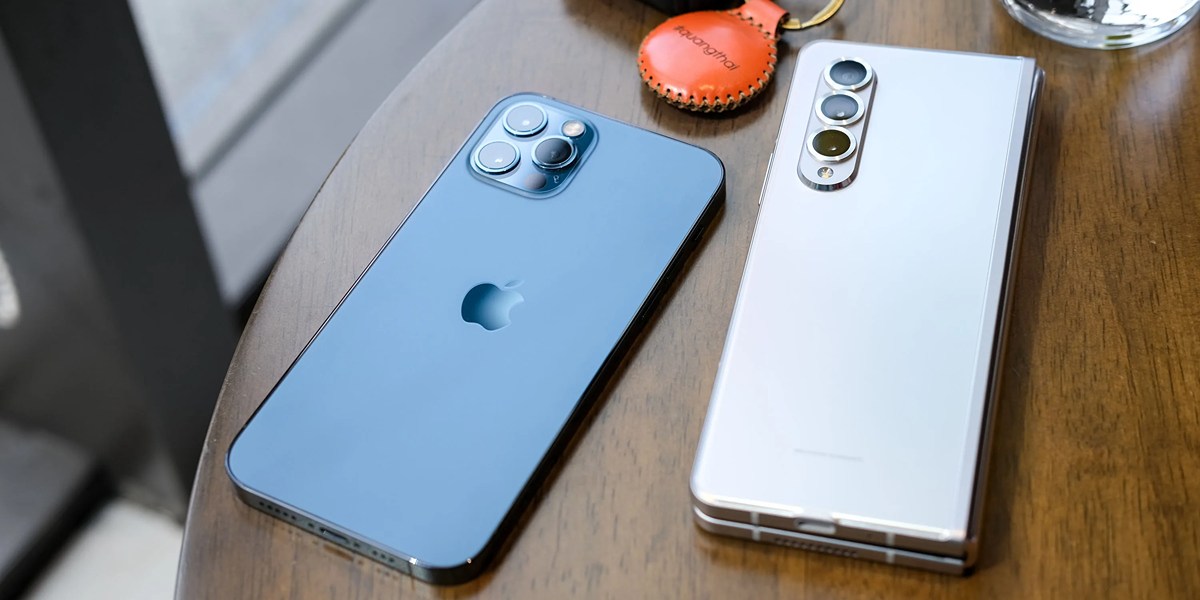
When planning to purchase a new mobile phone, the body features must be taken into consideration. These physical features include body size, weight, and build. You can read Samsung Galaxy S20+ 5G review in terms of the body features in the lines that follow.
* Body Dimensions: 161.9 x 73.7 x 7.8 mm (6.37 x 2.90 x 0.31 in) which means height, width, and thickness (depth) respectively.
* Body Weight: 188 g (6.63 oz).
For cellular phones, a weight between 140g to 170g is considered appropriate and suitable for most customers.
* Body Build: Glass front (Gorilla Glass 6), glass back (Gorilla Glass 6), aluminum frame.
The following body types of the mobile phone are available:
* Metal. Due to the fact that it is made of metals, it is the most powerful in terms of protecting the cellular phone’s internal components.
* Plastic. This kind could be sturdier than metal because it doesn’t bend. Additionally, because it doesn’t break easily, it has a longer operating life than a glass one.
* Glass. This type of cellular phone’s body looks more polished and attractive, despite the fact that glass is more likely to break due to its fragile nature.
Get Your Preferred Color – Samsung Galaxy S20+ 5G Review
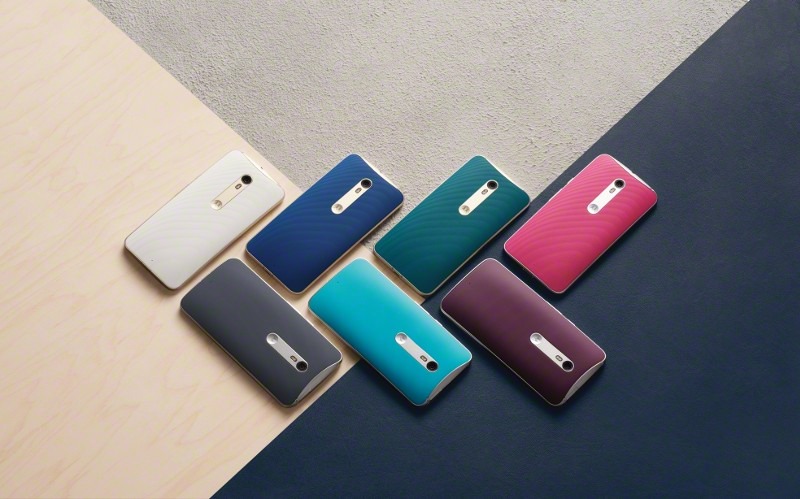
Choosing the color of the cellular phones cover is generally a personal issue, since it has become associated with the consumer’s general taste.
Samsung Galaxy S20+ 5G comes in the following colors: Cosmic Black, Cosmic Grey, Cloud Blue, Cloud White, Aura Red, Aura Blue.
No More specifications Confusing After Reading Samsung Galaxy S20+ 5G Review
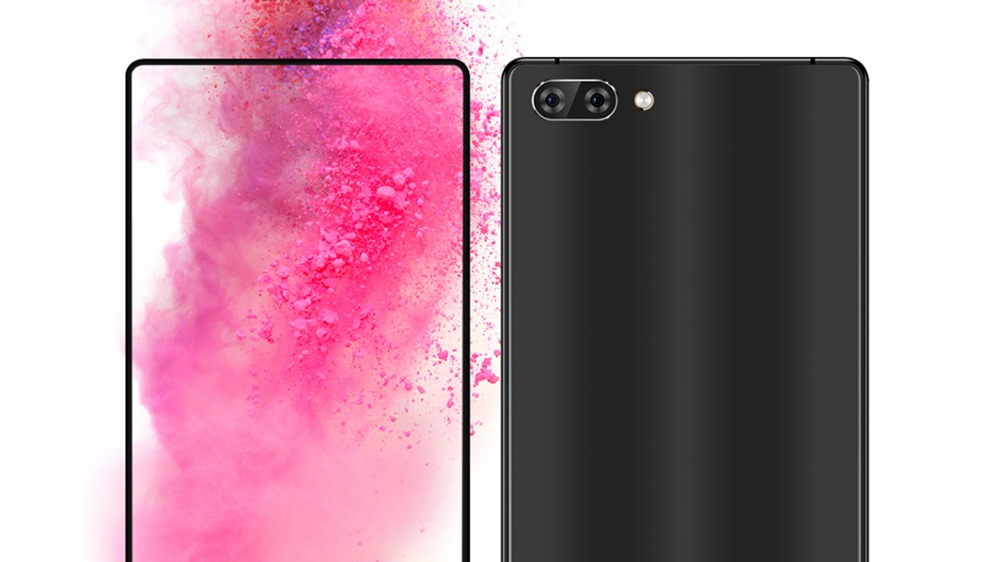
The user interface’s major component is the cellphone’s screen., Therefore, it’s important to understand all about it., then you will be able to select a smartphone with a screen that provides your needs.
The following lines describe the fundamental characteristics of Samsung Galaxy S20+ 5G. screen
Display Type: Dynamic AMOLED 2X – Keep in mind to go for a screen type that provides more shining colors and actual black.
Refresh Rate: 120Hz – The refresh rate (measured in Hertz (Hz)) is the number of times a screen recreates an image. A greater refresh rate results in significantly better image quality and reduced motion blur.
Display Size: 6.7 inches, 108.0 cm2 – The common standard display size of mobile phones now averages between 4.7 and 6.5 inches.
Display HDR: HDR10+ – Means that there is a significant contrast between the lightest and darkest parts of an image.
Display Nits Peak: 1200 nits (peak). It is the maximum amount of light sent out by the screen. Anything above 500 nits is good to use on a sunny day.
Display Nits Full: 1200 nits (peak),.
Screen To Body Ratio: (~90.5% screen-to-body ratio). It provides the percentage of how much of the front face is covered by the screen. Smartphones that have the largest screen-to-body ratio look delicate and that give them a premium look.
Display Ratio: 20:9 ratio. the Aspect ratio is the relevance between the height and width of the smartphone screen. Taller aspect ratios like 19.5:9 is coming with the most modern smartphones, and it is suitable for web browsing, and other portrait orientation apps.
Display Resolution: 1440 x 3200 pixels. It is the clarity of an image video in detail and sharpness. The pixel resolution for high-definition screens is 1920 x 1080.
Display Density: (~525 ppi density). It is the number of physical pixels per inch on a screen and is measured in Pixels Per Inch (ppi).
Display Protection: Samsung Galaxy S20+ 5G comes with the following display protection:
* Corning Gorilla Glass 6
* Corning Gorilla Glass 6.
Samsung Galaxy S20+ 5G Review In Terms of Camera Characteristics
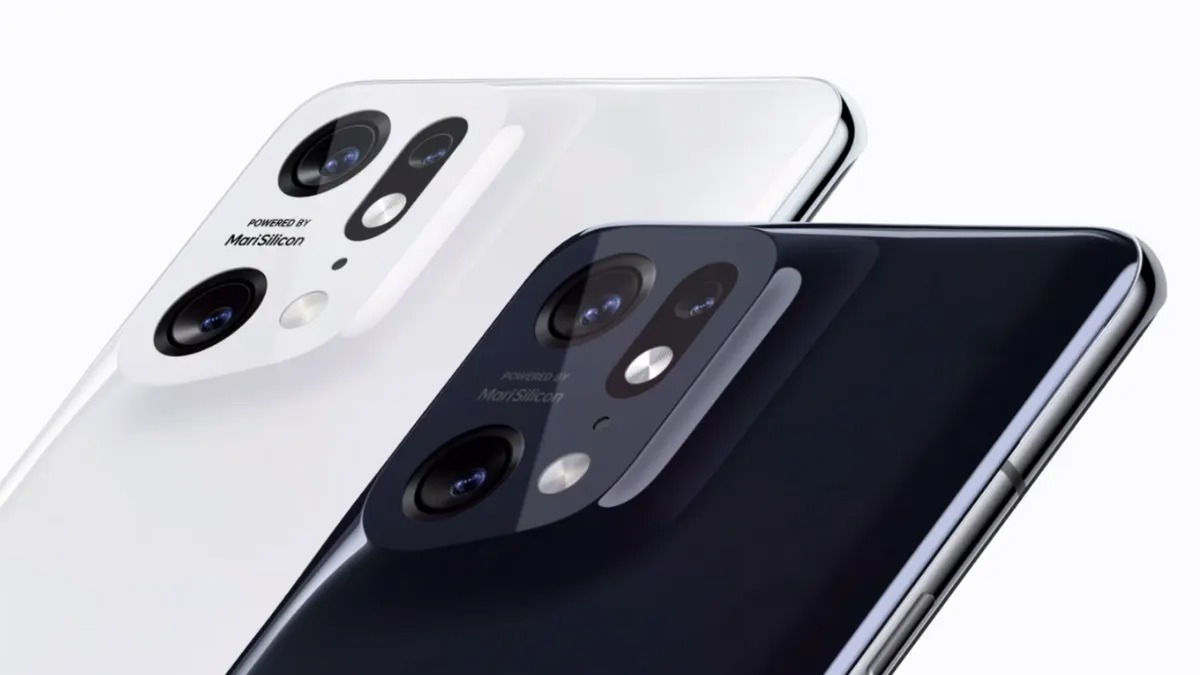
In the following lines, you will find Samsung Galaxy S20+ 5G review about the main cameras.
* Main Camera Single: 12 MP, f/1.8, 26mm (wide), 1/1.76″, 1.8µm, Dual Pixel PDAF, OIS}.
Here are explanations about some of the symbols included in the camera features:
MP (Megapixels) is the resolution of the image taken by a cellular phone.
(f value) is the aperture of a lens that indicates how much light it lets in. The larger the aperture, the more light is let in; conversely, a smaller aperture lets in less light.
(mm value) This measurement is of the lens’s focal length, which affects the final image that is produced by your camera.
AutoFocus (AF) is the function of a camera to automatically focus on a subject.
* Main Camera Dual: 64 MP, f/2.0, 29mm (telephoto), 1/1.72″, 0.8µm, PDAF, OIS, 1.1x optical zoom, 3x hybrid zoom
* Main Camera Triple: 12 MP, f/2.2, 13mm, 120˚ (ultrawide), 1/2.55″ 1.4µm, Super Steady video
* Main Camera Quad: 0.3 MP, TOF 3D, f/1.0, (depth)
The main camera features are as follows:
auto-HDR, panorama, 8K@24fps, 4K@30/60fps, 1080p@30/60/240fps, 720p@960fps, HDR10+, stereo sound rec., gyro-EIS & OIS main video camera.
Here is the Samsung Galaxy S20+ 5G review of the selfie camera:
* Selfie Camera Single: 8 MP
The main camera features are:
1080p@30fps Selfie video camera.
Important Details About The SIM – Samsung Galaxy S20+ 5G Review

SIM stands for Subscriber Identity Module, and it’s a small electronic card that fits into your smartphone. There are three sizes available for this electronic chip: Standard (Mini), Micro, and Nano, and it lets you connect to a cellular network. Then, you can make calls, send SMS messages, and connect to mobile internet services like 3G, 4G, and 5G. For more information about 3G / 4G networks, refer to Samsung Galaxy S20+ 5G 3G or Samsung Galaxy S20+ 5G 4G articles. However, you can use the mobile phone without a SIM to use some available programs on it, play games, and connect to a Wi-Fi network to explore the web.
This cellular phone model comes with Single SIM (Nano-SIM and/or eSIM) or Hybrid Dual SIM (Nano-SIM, dual stand-by) card. For more information, refer to How to insert SIM card in Samsung Galaxy S20+ 5G article.
Here are the popular SIM card types:
* Nano-SIM. This removable SIM card size is the smallest available one, so it is the most modern one (other than eSIMs, which we’ll talk about it very soon) and it’s used by the vast majority of current cellular phones.
* Micro-SIM. They have a little bit larger chip, and they’re rarely been used in recent years.
* Standard SIM (Mini-SIM). It is the biggest SIM card size in use, and it’s the most rarely used.
* eSIM. It is an embedded SIM card, i.e., you can’t take it off of your device.
Samsung Galaxy S20+ 5G Review – Chipset, CPU, and GPU
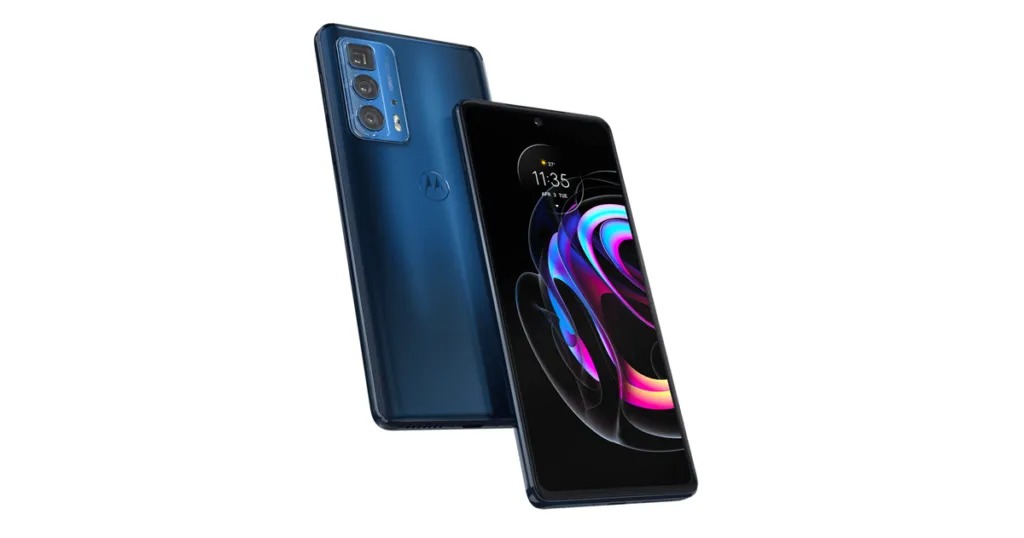
This model has Exynos 990 (7 nm+) – GlobalQualcomm SM8250 Snapdragon 865 5G (7 nm+) – USA chipset.
A chipset on a mobile phone is most usually termed as a system-on-chip (SoC). It is an integrated circuit that combines all the basic parts of a device on a single chip. The most common kinds are Qualcomm Snapdragon, MediaTek chipsets, and Intel Atom.
Samsung Galaxy S20+ 5G has Octa-core (2×2.73 GHz Mongoose M5 & 2×2.50 GHz Cortex-A76 & 4×2.0 GHz Cortex-A55) – GlobalOcta-core (1×2.84 GHz Cortex-A77 & 3×2.42 GHz Cortex-A77 & 4×1.80 GHz Cortex-A55) – USA CPU.
The higher the number of cores, and the higher the processing speed the better the processor’s performance will be.
Samsung Galaxy S20+ 5G has the following GBU (Graphics Processing Unit): Mali-G77 MP11 – GlobalAdreno 650 – USA.
This chip is responsible for processing and accelerating all graphics jobs, and a faster GPU means a more powerful device.
Knowing About Storage Features – Samsung Galaxy S20+ 5G Review
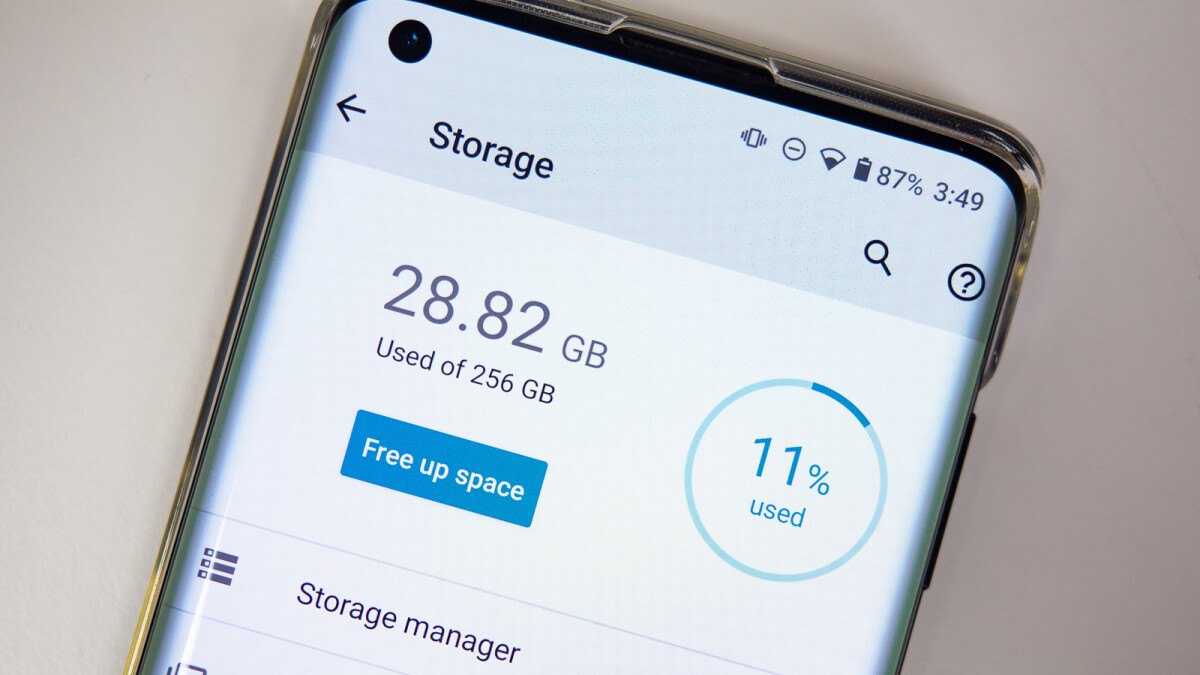
One of the essential deciding factors when you intend to purchase a new smartphone is the amount of storage it offers. Actually, Samsung Galaxy S20+ 5G comes with a microSDXC (uses shared SIM slot) memory card slot, and the following internal memory: 128GB 8GB RAM – 128GB 12GB RAM – 256GB 12GB RAM – 512GB 12GB RAM
There are two types of phone’s memory:
Internal: It is integrated inside the phone, and can’t be expanded. These days, most cell phones come with an internal memory of at least 32GB or 64GB and a few high-end models feature 256GB or 512GB.
External: It is a removable SD card used as extra storage to save photos, music, videos, etc., regardless of the kind of SD card slot.
Samsung Galaxy S20+ 5G Review – Mobile Networks and Connectivity

A mobile network, (or wireless network), is a technology that allows users to send and receive radio waves. It consists of base stations, each of which comprises a separate zone that called “cell”. This makes it possible for several portable devices such as cell phones to connect together. Actually, there are 3 kinds of mobile networks in use: 3G, 4G (LTE), and 5G.
Samsung Galaxy S20+ 5G supports the following networks: 3G. For more information, refer to Samsung Galaxy S20+ 5G 3G article. – 4G. For more information, refer to Samsung Galaxy S20+ 5G 4G article.
Samsung Galaxy S20+ 5G Review of The Available Wireless Connections

This model comes with the following wireless communications:
* WLAN connection: Wi-Fi 802.11 a/b/g/n/ac/6, dual-band, Wi-Fi Direct, hotspot. Wireless Local Area Network depends on Wi-Fi to connect to the home or office wireless network using the local router and offers Internet access.
* Bluetooth connection: 5.0, A2DP, LE}. It is a common wireless communication protocol used to connect two devices together over short distances, allowing them to share data between different devices.
* GBS connection: Yes, with A-GPS, GLONASS, BDS, GALILEO. Global Positioning System enables cellphones to define any position you need.
* NFC connection: Yes. Near Field Communication is a wireless technology that allows your smartphone to send data to another device when they’re close together, so it’s generally used for contactless payments. For more info, refer to NFC on Samsung Galaxy S20+ 5G article.
* USB connection: USB Type-C 3.2, USB On-The-Go. Universal Serial Bus is wired technology that allows users to connect two devices, such as a smartphone with a PC, to either transfer data or charge the connected device.
* Features Sensors: Fingerprint (under the display, ultrasonic), accelerometer, gyro, proximity, compass, barometer}. The sensor is a device that detects and majors the changes in the nearby environment such as ambient light and motion.
The Operating System – Samsung Galaxy S20+ 5G Review
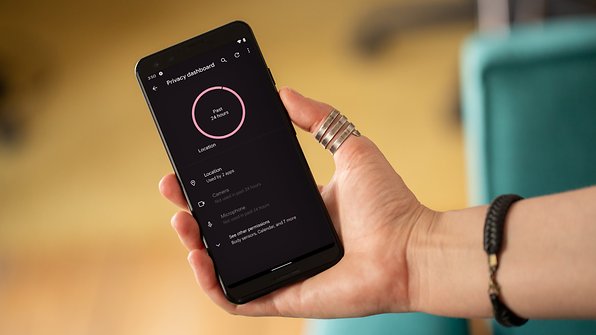
This model comes with Android 10, upgradable to Android 11, One UI 3.0 operating system.
Samsung Galaxy S20+ 5G Review of The Battery Main Specs
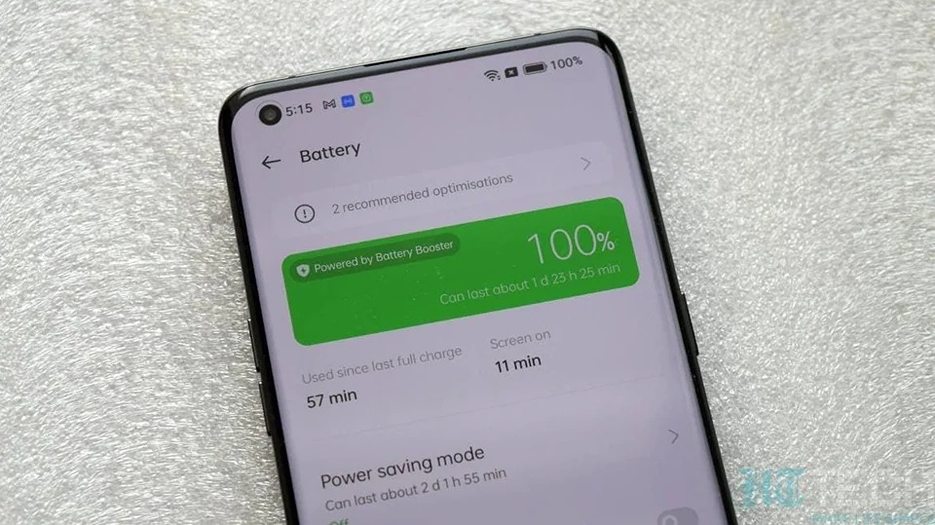
Nothing is more important than the smartphone’s battery, which powers these devices and retains daily life going. In the following lines, you’ll see Samsung Galaxy S20+ 5G review of its primary battery.
* Battery Technology: Li-Ion.
* Samsung Galaxy S20+ 5G comes with a non-a removable battery.
* Battery Capacity: 4500 mAh. It refers to the storage capacity a specific battery can provide. A battery with a 3100 mAh capacity rating could supply a current of 3100 mA for one hour. Higher mAh ratings for the same battery type will generally mean longer working time.
* Battery Charging: {Fast charging 27W}.
Samsung Galaxy S20+ 5G Review of the Battery Secondary Specs
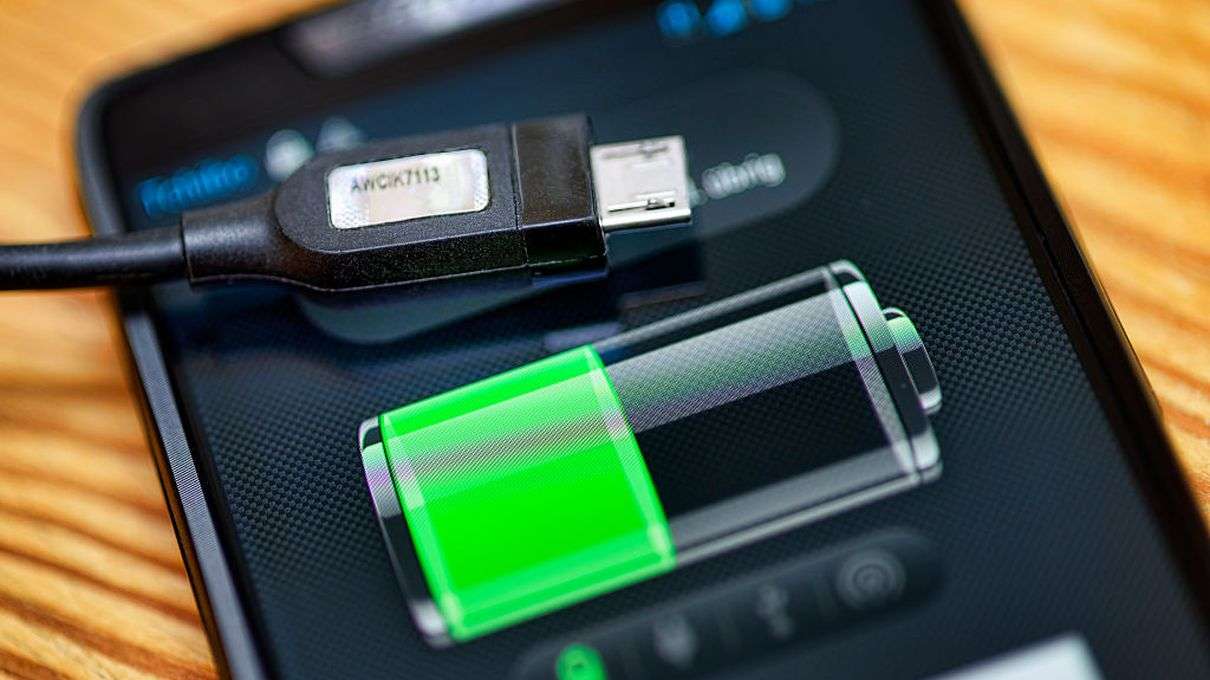
Along with the main Samsung Galaxy S20+ 5G characteristics that we just discussed, this model contains extra battery-related characteristics that differ somewhat depending on the type of cellphone. These specs are as follows:
* Battery Charging Original: {Fast charging 25W, USB Power Delivery 3.0, Fast Qi/PMA wireless charging 15W, Reverse wireless charging 4.5W}.

